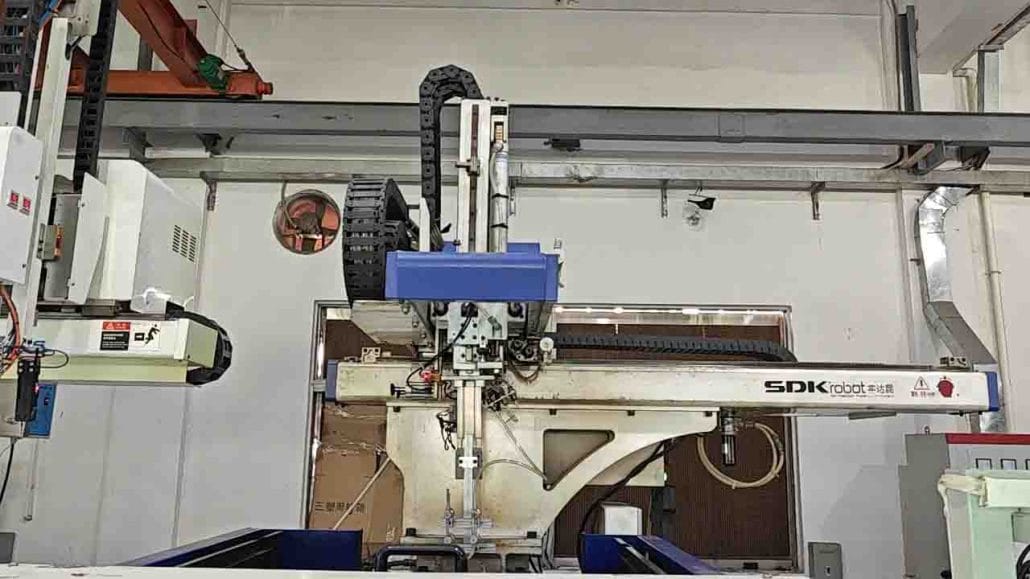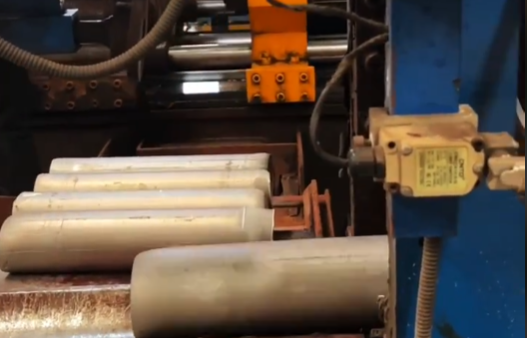If you’re in the manufacturing industry or have ever needed a plastic part, you’ve probably heard of injection moulding and extrusion. While both processes are used to manufacture plastic parts, there are some key differences between the two. In this article, we’ll take an in-depth look at what injection moulding and extrusion moulding are, the differences between them, and which one you should use depending on your needs.
Injection Moulding: What is it?
Simply put, injection moulding involves the use of molten plastic material that is injected into a mould or cavity. The liquid plastic fills up the cavity, and when it dries, it takes on the shape of the mould. The injection moulding process begins with the material being heated to its molten state, then it is injected into the mould under high pressure. The mould is kept closed until the plastic has cooled and hardened, thus creating the final product.

Extrusion: What is it?
Extrusion, on the other hand, is a manufacturing process where raw thermoplastic material is melted and then forced through a die. The die is designed with the desired shape, and so the material takes on this form as it is pushed out of the other end. Extruded plastic products can have a wide range of geometric shapes, from flat sheets to tubes and even complex profiles.
Differences Between Injection Moulding And Extrusion
Injection moulding and extrusion are different in both function and application. Injection moulding is used for creating 3D plastic products like toys, automobile parts and medical devices, whereas extrusion is used to create long plastic forms like tubing, pipes and sheathing for wires.
Firstly, the equipment they require is different. Injection molding requires specific molding machines and molds, while extrusion requires an extruder and a specific die. Typically, individual molds are needed for injection molding, whereas extruders create constant pieces.
Secondly, it’s worth noting that the details of each method will differ to suit the product’s end use. Factors such as color, material, and the design of the finished product will all play a role in determining which manufacturing method will be used. Designers and engineers need to determine which method is best for a specific job rather than attempting to use every machine and method for every project.
Lastly, the volume of the end product plays a key role in selecting between the two methods. Injection molding is typically used to mass produce identical parts, and extrusion is used to create constant lengths of plastic. The cost and time needed for each method vary – for instance, injection molding can produce many parts quickly while extrusion is more efficient for constant forms where minimal production costs are ideal.
Overall, the differences between injection molding and extrusion come down to the fundamental functions of each process. Injection molding is an elegant method that delivers high precision and identical parts fast, which is perfect for those products without constant form requirements. Extrusion, on the other hand, makes constant forms of plastic cost-effective, efficient and is optimized for larger volumes.

Choosing the Right Manufacturing Method
The choice between injection moulding and extrusion depends on your specific needs and the requirements of your application.
Choosing the right moulding or extrusion method will ultimately depend on the desired product and application. If you need a product with a complex 3D printing, then injection moulding is your best bet. Alternatively, if you need a long and continuous plastic form, extrusion is the way to go.


